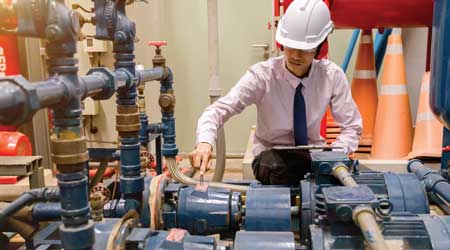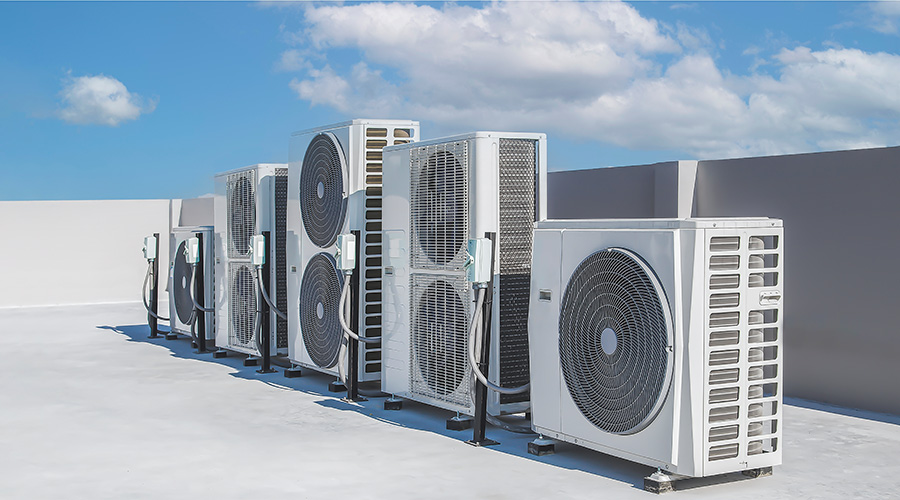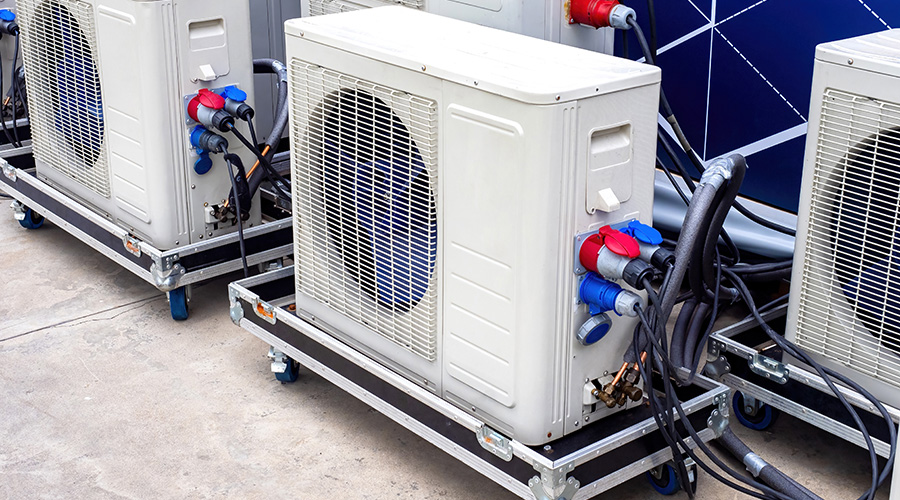 Data logs can help technicians identify the point at which conditions fall outside a chiller’s normal operating range, which is a sign that issues might be developing
Data logs can help technicians identify the point at which conditions fall outside a chiller’s normal operating range, which is a sign that issues might be developingChiller Replacements: Out With the Old, In With the New
When properly research and planned, chiller replacements can deliver long-term benefits to departments and facilities
The time has come to replace one of a facility’s main chillers. It is nearly 25 years old and has been overhauled at least once. Maintenance and engineering department technicians have done all they can to keep it running, but it is becoming increasingly unreliable. It has had to be shut down for emergency maintenance twice in the last 90 days, resulting in outages that lasted at least four hours. Service calls are becoming more expensive, and parts more difficult to get. It is just a matter of time until it fails. Then the facility could face a prolonged outage. It is time for a replacement chiller.
Deciding to replace a chiller is hardly the end of the challenges. Installing the new chiller will be a problem. They are expensive. Installation will be disruptive and most likely will result in a relatively long period when chilled water will not be available to the facility. Managers will have to make temporary arrangements to supply chilled water to critical loads. Even the task of getting the old chiller out of the building and the new one in will be a challenge.
When facing tough problems, however, managers also can take advantage of opportunities. If the replacement project is carefully planned and implemented, operations can benefit from the improved energy efficiency of a new chiller. The new technology can eliminate refrigerant supply and cost issues. Chiller plant reliability and occupant comfort can improve significantly. The move also can reduce overall chiller plant maintenance requirements and costs, and managers can reconfigure chiller plants to better meet current conditions in the facility.
Eye on efficiency
New chillers offer improvements in full- and part-load operating efficiencies over those found in most operating chiller plants. When new, water-cooled chillers from 20 years ago offered full-load operating efficiencies of 0.75-0.85 kW per ton. Comparably sized chillers today are available with full-load efficiencies of under 0.50 kW per ton.
Remember though, the efficiency of the existing chiller will have decreased over time, so that figure of 0.75 kW per ton most likely is much higher. Simple wear and tear on components, along with fouling of heat-transfer surfaces, most likely have hampered performance, even with the best maintenance.
While improvements in full-load efficiencies are good, a typical chiller operates at full-load less than 2 percent of the time. Nearly 85 percent of the time, a typical chiller operates at 50-75 percent of full-load capacity. The part-load performance characteristics of new chillers provide the greatest financial benefits.
One way manufacturers have improved part-load efficiencies is through the use of variable- frequency drives (VFD). A typical chiller operating at 60 percent of full load might use 0.48 kW per ton. That same chiller equipped with a VFD operating under the same conditions would use about 0.27 kW per ton. VFDs also offer the advantage of soft starting the chiller’s drive, which reduces stress on the motor windings.
Magnetic-drive bearings in chillers are replacing standard chiller bearings. These levitating bearings reduce friction within the chiller, improving operating efficiency. Magnetic bearings also do not require oil to operate, producing additional savings by eliminating potential oil fouling of heat-transfer surfaces. The lack of a need for lubrication oil eliminates the cost of oil changes and analysis.
Related Topics:















